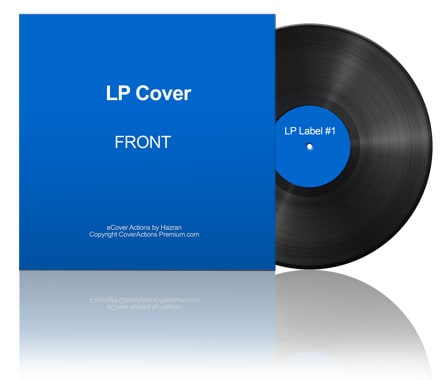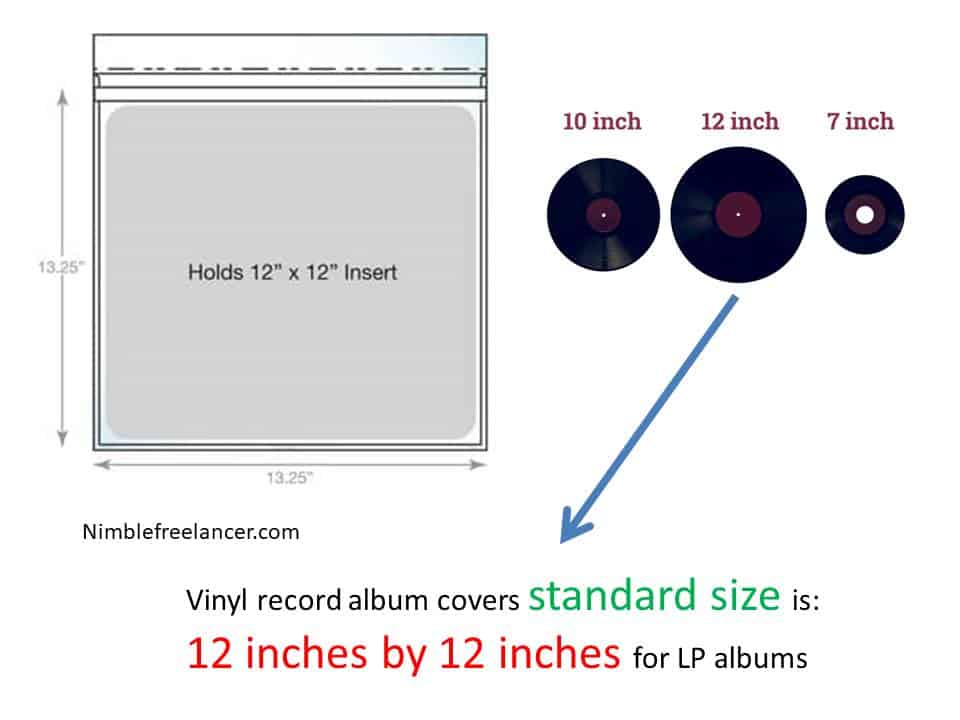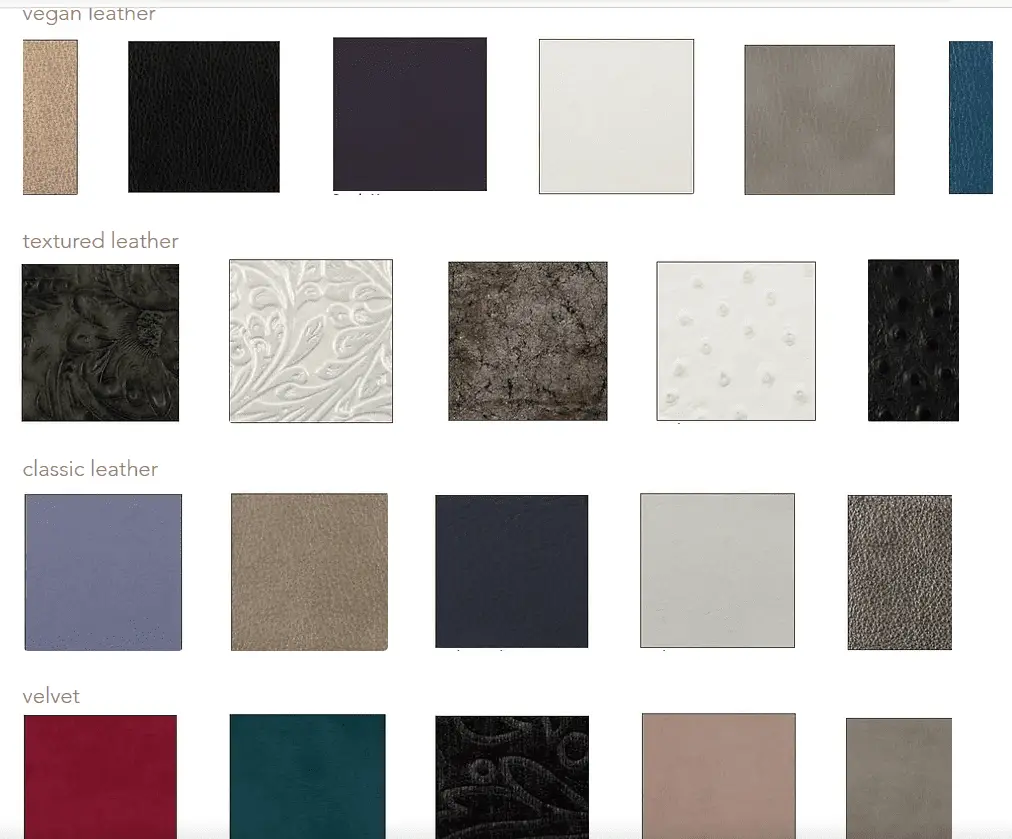For decades, millions of people worldwide have adored vinyl. However, vinyl’s incomparable uniqueness and history have recently fueled a massive increase in sales. In 2017, 4.1 million recordings were purchased, the largest annual total in 26 years.
Holding a vinyl in the fingers and then placing the needle on the disk while exploring the distinctive artwork is a unique experience. While modern music technology has pushed this form to the background, traditional traditions are returning.
To comprehend record speeds, one must first understand the operation of vinyl records. Unlike today’s internet age for physical new music, Vinyl records are analog media, which depend on machines to create and read binary data onto a CD. Instead, vinyl records will be carved with a literal depiction of the vibrations captured by the band during a studio session.
The needle slips into the tracks and replicates the sound as the disc rotates on the record player. The record player’s mechanics detect and send the sound through the speakers. That’s correct; even without loudspeakers, vinyl records create noise, no matter how quiet they are.
So, how does record speed come into play? First, the record player must rotate the album at the appropriate rate to duplicate the sounds cut into the vinyl disc. The replay will be out of pitch if this is not done. If you play a record too rapidly, it will look noisy and high-pitched. It will be muted and lower-pitched if you play it too slowly than the recorded version.

So, how big is an album cover – what are the dimensions of a record sleeve:
What is the Standard Size of a Vinyl Record Cover?
The standard size of a Vinyl Record cover (Long Playing record) is around 12 inches square or exactly 12.375 inches (31.43 cm) square. However, while the size of the vinyl record cover is a standard measure, album covers vary in thickness significantly. Typical thickness is 1/8 inch or 3.12 mm, while some budget sleeves can be only 3/32 inch or 2.4 mm thick. Additionally, double and triple albums are significantly thicker.

What size is a 7-inch record sleeve?
The size of the 7-inch record sleeve is 7.08 inches or 180 x 180 mm. These sleeves are usually made in an old-fashioned style by hand and have a pleasant, nostalgic quality.
The size of the record album can be around:
- 12-inch
- 7-inch
- 10-inch
What size is a 45 album cover?
The 45 album cover is 7 3/8″ x 7″ or 18.73 cm. It has a 2-mil Polypropylene Plastic Outer Album Cover with Protective Sleeves and unique LP Covers for 12″ record archiving. In addition, they have Disc Storage, Vintage Music Collectors, and displays.
What size is a 33 album cover?
The 33 album cover is 12.75″ x 13″ inches or 32.38 cm. It has a 2-mil Polypropylene Plastic Outer Album Cover with Protective Sleeves and unique LP Covers for 12″ record archiving. In addition, they have Disc Storage, Vintage Music Collectors, and displays.
Why is vinyl better than digital?
Vinyl is simpler than digital format; you only need a phonograph for a full-fidelity audio experience. Additionally, vinyl produces rich sound, and DJs like to use them in their performances.
The magical quality of vinyl albums attracts people. Vinyl sound provides a sensation similar to hearing live music, and this tone complements all musical instruments.
It’s the reality. The audio on vinyl will never be as strong as the sound on a computer. Many people consider this to be a significant drawback of records. But let’s look at it from a different perspective. The size of digital audio engineering is often exaggerated. They do everything they can to make the music louder.
DJs have figured out how to make the seemingly devastating limitation of a disk’s narrow size work for them. As a result, many singles intended for DJ use are no longer pressed on the usual 7-inch disc. Instead, they’re made on 10-inch and 12-inch vinyl albums.
The extra space on the vinyl record increases the music’s audio experience and allows for personalized longer mixes, providing the DJ greater creative freedom without compromising audio quality.
No matter how wide the vinyl is, the grooves will fade over time, regardless of how carefully you care for it. So, a thicker disc allows you to listen to your favorite songs more without affecting sound quality.
There are many myths about album covers. For example, some say that cover designers are financial maestros and don’t see the same sense of creativity and passion when looking at an album cover.
Album Cover Design
There are many myths about cover designs. For example, some say they are financial maestros and that you don’t see the same sense of creativity and passion when looking at an album cover.
Some things to keep in mind when examining an album cover:
- The artwork should be original and not a copy of any existing artwork
- The artwork should be created from start to finish, not just from the beginning to the end
- The artwork should be placed prominently on the cover and should never be used as a reference for the reader
- The cover should be no larger than those in the listing
- The cover price is the price you will pay for the cover
- The artwork must be made available for purchase
When it comes to album covers, there are a lot of myths out there. For example, some say they are some financial maestro, and you don’t see the same sense of creativity and passion when looking at an album cover.
How to choose an album cover?
It would be best to analyze the combination of color, imagery, and typography to choose the right album cover. Your reflection and marketing goal are essential when selecting an album design. However, there are also a lot of factors to consider, such as the subject matter and the marketability of the singer-songwriter. When looking at covers, it’s essential to consider what market type you’re trying to reach. If you’re looking for a general market audience, an album cover would likely be more minor in size than a vinyl record cover. On the other hand, if you were looking to target a niche audience, an album cover would likely be on the large side. However, there are no right or wrong answers to this aspect, so ask your self-taught friends what they think about covers.
What are album covers made of?
Album covers are made of:
- vegan leather
- textured leather
- classic leather
- velvet
- fabric
- linen
- page gilding

Album covers can be made of glove and textured leathers, pastel leathers, linen Japanese silk, Suede Ostrich & Alligator simulation cowhide, or texture lizard skin-like surfaces that provide a realistic look without being actual animal hides! There are various options to choose from to spice up your album. For example, Classic Leather covers are made out of genuine leather and come in many different colors; Textured leather offers an interesting texture on top while keeping it stylish with velvet or fabric underneath for added comfort when listening through the songs over again later down the road (or even now!).
What is the downfall of album covers?
There are a lot of misconceptions about cover designs. Some say you don’t see as much creativity when you look at an album cover, but it is still a valuable aspect of the business. It helps you to establish a good ranking on search engines. Cover designs are crucial for music albums and other companies with a physical presence. For example, your store’s website and social media accounts are also targets for search engine optimization. When it comes to using bad covers, it depends on the product or service, and the importance of the cover design will vary. However, there are some common mistakes that lousy cover designers make:
- 1. Left-field CoverDesigns.com is one of the oldest and most reputable cover websites on the World Wide Web. However, this website sometimes provides stunning, if generic, covers.
- 2. Thelegate Tribune is not just any website, though it often produces good covers. For example, the news organization presented a report card on how WorldViews International performed last year.
- 3. Article University .edu offers nothing but beat-up book pages from which hand-sized-up covered articles can be expected).
It is generally agreed that left-field cover design is less popular than one might think about album covers. And there are a few problems with this information! You may not know that this agency performs better than Google search engine Optimization.
How do you service your album cover?
When servicing an album cover, it is essential to ensure that you have the correct information. That being said, there are some basics that you should remember when servicing an album cover. These are:
- Cover Design
- Pixelrafts
- Illustrator or Inkscape
- jBPM (or similar)
- Most notably, Service Age!
If you are servicing an album cover, it is essential to ensure that you have the correct information about the cover design. This includes the perimeters of the development process, the parts used for art, the number of pages, the type of paper used, the size of the print run, and so on. This information is essential to provide a working-age map for your potential customer base. Additionally, suppose your album cover is created using Pixelrafts or Inkscape. In that case, it is essential to know that those software programs can be used to develop complex covers without any Bend Heights!
Album cover benefits
Designs don’t have to be harmful to be beautiful. If an album cover is designed, it doesn’t mean the album is terrible. On the contrary, its audience can often love the cover design. What you see when you look at an album cover is up for debate, but some things are for sure:
- An album should be designed.
- When looking at the cover, you can’t put your foot in your head and think something is unique.
- It’s not about the music on the record or the band.
- All ideas for album covers should be evaluated and considered before creation.
- Facebook Ads to Get Followers! - December 27, 2024
- ClickUp vs. Slack - December 20, 2024
- Mastering E-Commerce Analytics: A Blueprint for Success






